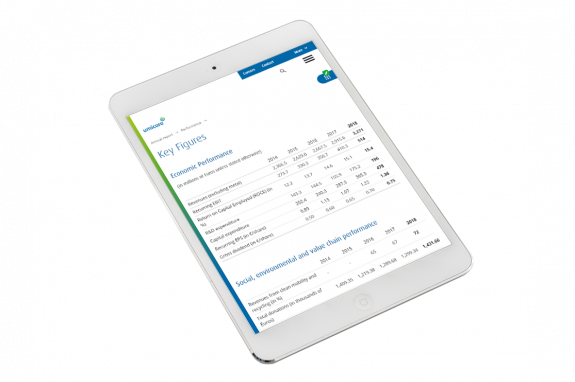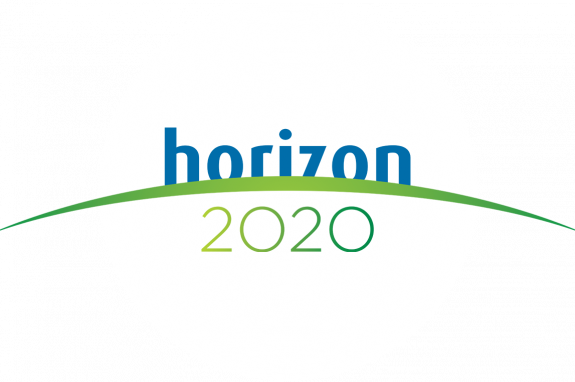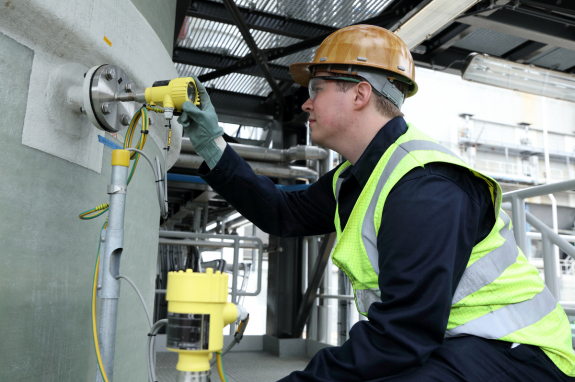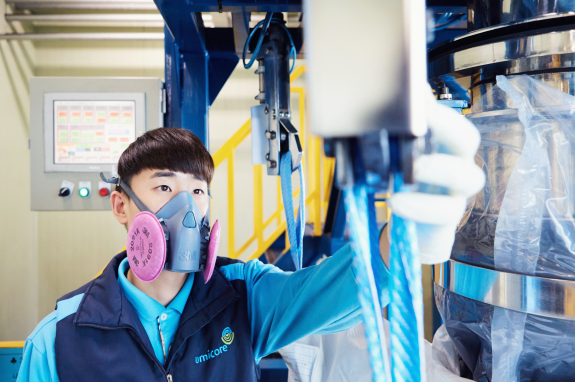
Health & Safety

Zero Accidents
One of Umicore’s Horizon 2020 environmental and social objectives is to aim to be a great place to work, with all business units expected to contribute. Priorities include driving towards zero accidents and reaching the occupational metals exposure target of zero excess readings.
The safety of our people is a key priority for management. Nevertheless, the safety performance in 2018 was disappointing. The Group recorded 61 lost time accidents in 2018 compared to 51 in 2017 (excluding the Building Products business unit, which was divested in September 2017). The frequency rate was 3.36 and the severity rate was 0.10 (compared to 3.01 and 0.09 respectively in 2017 – excluding Building Products).

Our efforts to improve safety performance will be further stepped up in 2019, with awareness campaigns and specific programs aimed at changing mindset and creating a more prominent safety culture.
Process safety became a structural Group EHS management activity in 2017 through full integration into the EHS compliance audit program. A dedicated 3-day HAZOP leader training has increased process safety knowledge throughout our organization. In 2018, process safety activities focused on executing process risk assessment studies. At year end, over half the production processes had received specific process hazard and risk assessments compliant to Umicore standards. A detailed timeline for completion of the remaining studies over the coming years gives priority to processes with high risk profiles.
Occupational Exposure
Umicore makes continuous efforts to eliminate occupational-related health issues and to promote wellbeing in the workplace. The main occupational health risks are related to exposure to hazardous substances and physical hazards (mainly noise).
Umicore is leading the industry by setting voluntary, science-based targets for potentially hazardous exposure that are more stringent than legal requirements, where they exist.
All employees with a potential workplace exposure to any of the target metals (arsenic, cadmium, cobalt, indium, nickel, lead and platinum salts) or other metals are monitored by an occupational health program. The Horizon 2020 objective for occupational exposure is to reduce to zero the number of individual readings that indicate an exposure for an employee that is higher than the internal target levels. While these excess readings do not necessarily indicate a risk for the person concerned, they are important indicators of recent or lifetime exposure and are used as the basis for further improvements on specific sites.
In 2018, a total of 6,939 biological samples were taken from employees with occupational exposure to at least one of the metals mentioned above (platinum salts excluded). 195 readings showed a result in excess of the internal target value, bringing the total excess rate to 2.8%, comparable to 2.7% in 2017. All occupationally exposed employees are regularly monitored by an occupational health physician.





